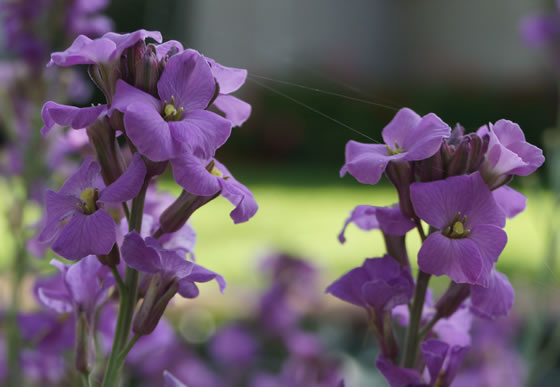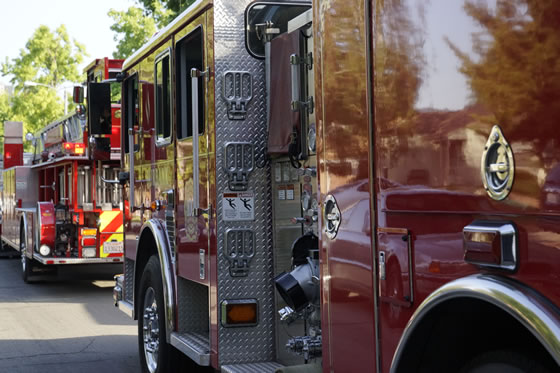CWB has been on an epic search to find the best DSLR for shooting video. We are aware that many of our readers are documentary filmmakers—trailblazers often looking for new styles of filmmaking—and they require the ability to move their cameras with ease during lengthy shots. This could spell trouble as far as focus goes. And though there are a number of DSLR cameras, including Nikon 5100, that claim they have auto-focus capabilities, our tests have shown that few measure up to the standards that filmmakers require. For example, when you shoot with the Nikon 5100 and you’re changing angles, you notice that the camera is struggling to focus on the subjects and misses more often than not with its autofocus assignment.
 We spent the last year trying different cameras and coming back disappointed until we got our hands on the Sony SLT a58. Our first experience with the a58 was amazing: We took several shots, each running about one to five minutes. During our initial tests, we changed camera positions during the shots, trying to throw the autofocus off, and we were very pleased with how the unit handled adversity. The only noticeable focus-hiccups lasted a fraction of a second, and I immediately knew that we had found the answer to our focus prayers!
We spent the last year trying different cameras and coming back disappointed until we got our hands on the Sony SLT a58. Our first experience with the a58 was amazing: We took several shots, each running about one to five minutes. During our initial tests, we changed camera positions during the shots, trying to throw the autofocus off, and we were very pleased with how the unit handled adversity. The only noticeable focus-hiccups lasted a fraction of a second, and I immediately knew that we had found the answer to our focus prayers!
The Sony SLT a58 could easily be an entry-level camera for film students and young filmmakers looking for an affordable solution for shooting video with a DSLR camera. One of the few shortcomings of the  camera is that it does not support 1080p60. Otherwise, the camera comes with fantastic autofocusing functions, some of them brand-new to the world of autofocusing. Users can lock objects and the camera will follow the subjects whilst keeping focus; the camera actually displays a frame around the subject you are following. The quality of the video is very crisp, color tones are natural, and—depending on the lens you use—the depth of field is impressive.
camera is that it does not support 1080p60. Otherwise, the camera comes with fantastic autofocusing functions, some of them brand-new to the world of autofocusing. Users can lock objects and the camera will follow the subjects whilst keeping focus; the camera actually displays a frame around the subject you are following. The quality of the video is very crisp, color tones are natural, and—depending on the lens you use—the depth of field is impressive.
In the sample video that we shot with A58, you can actually hear the camera focusing; this noise can be avoided by using an external microphone. Also, you can check out the 1080i version of the same clip on Cinema Without Borders’ Facebook page.
A key feature of the Sony SLT A58 is that it supports Carl Zeiss and Minolta lenses: some of the best lenses for shooting photos or videos and favorites of filmmakers, young and old.
• A short note from Gabriel Martinez, a film school graduate.
I finished my filmmaking studies last year in Buenos Aires and I am planning to make documentaries in my home country, Uruguay, and other Latin American countries.  Right now, I am visiting LA for a short vocation and I am happy that I got a chance to have my hands on the Sony SLT a58. At school, we were using high-end Cannon DSLR cameras and they were great, but I always had a problem with their autofocus capabilities for shooting documentaries.
Right now, I am visiting LA for a short vocation and I am happy that I got a chance to have my hands on the Sony SLT a58. At school, we were using high-end Cannon DSLR cameras and they were great, but I always had a problem with their autofocus capabilities for shooting documentaries.
When you are making a documentary about people, social situations, or political events, it is very difficult to use manual focusing or to avoid lengthy shots that are needed to follow your subject in crucial movement.
The Sony SLT a58 offers all I need at a price point that I can afford. Its autofocus features are almost perfect, and the picture quality is as good, if not better than the competition. The only concern I have is that Sony SLT a58 does not support 1080p60, but I can live without it until I can afford to buy the Sony SLT a99.
I am sure the Sony SLT a58 will have great success amongst up-and-coming and established filmmakers looking for an affordable, yet high-quality camera.
(In our next article covering the Sony SLT series, we will run a comparison between the A58 and A99. In that article we will discuss the technical aspects of the A58 in detail. -CWB)

